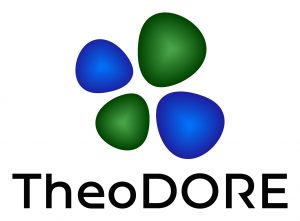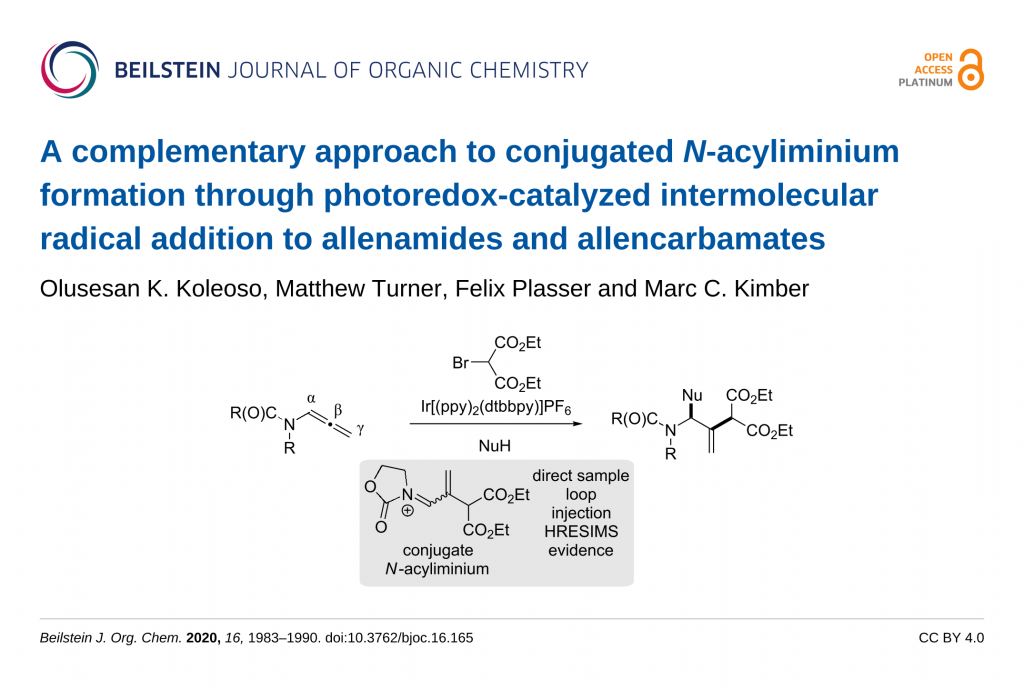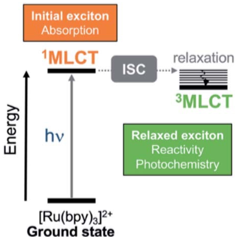Version 2.3 of the TheoDORE wavefunction analysis package is available. Download the current version below.
New features of TheoDORE 2.3:
- Compute (unpaired) densities using orbkit
- Fix for theo_test.bash
- Fix for ORCA osc. strengths
- Old RASSI interface removed (was not working properly)
Download the newest release of the TheoDORE wavefunction analysis program – TheoDORE 3.2 (22 July 2024)



